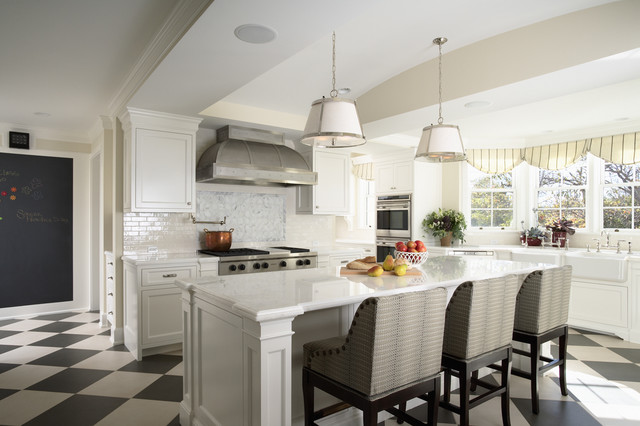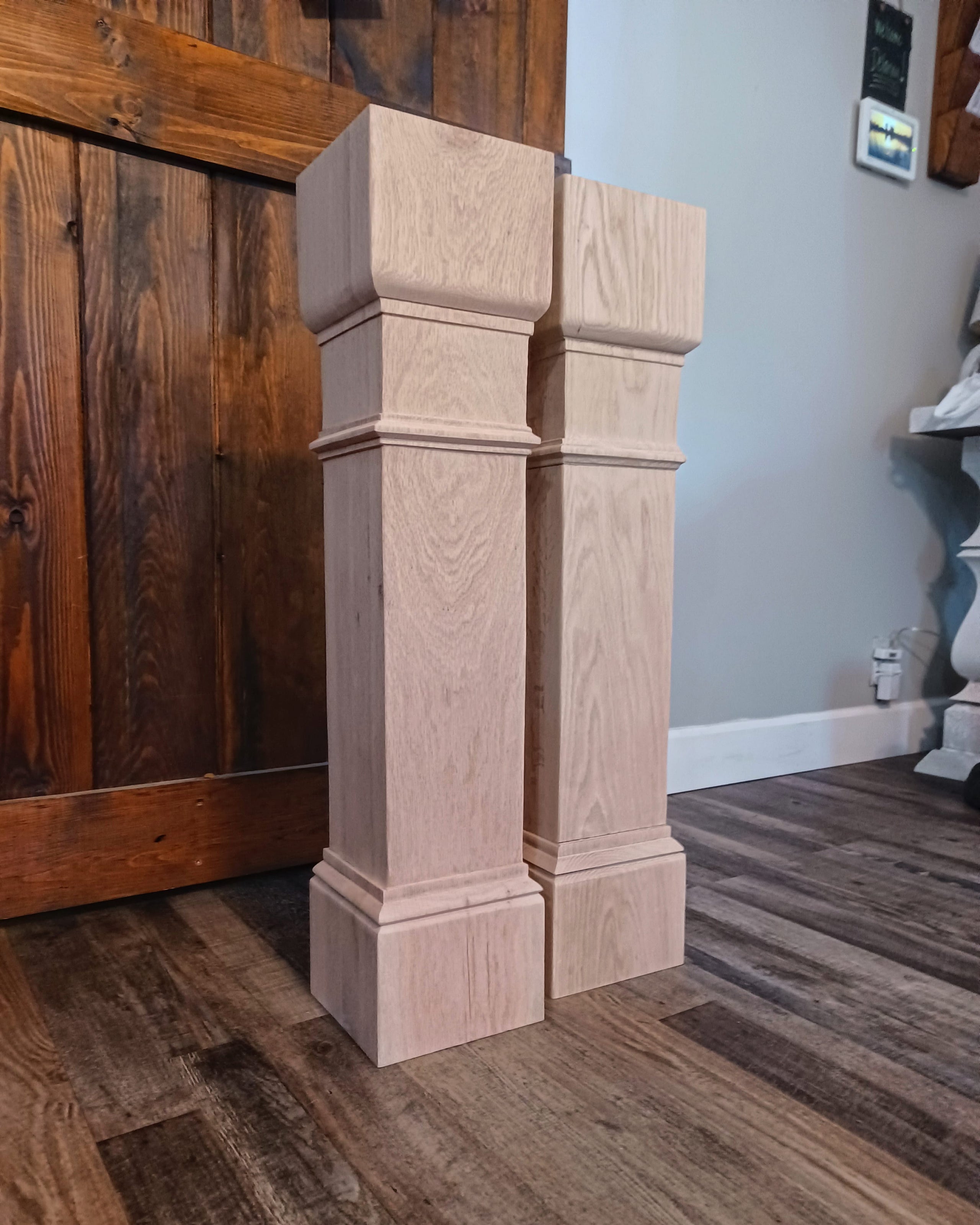Resilient and Stylish Options for High-Quality Legs For Kitchen Island
Resilient and Stylish Options for High-Quality Legs For Kitchen Island
Blog Article
Key Factors To Consider for Locating the very best Legs For Kitchen Island for Your Layout
When picking the excellent legs for your kitchen area island, several vital considerations come into play that can dramatically affect both functionality and visual appeals. The selection of height, product, and style must straighten with your overall kitchen area design to make certain an unified appearance. Furthermore, security and upkeep requirements are essential for long-lasting usage and ease of treatment. Recognizing these aspects can boost your kitchen's usefulness and aesthetic appeal, yet the subtleties of each consideration can commonly be overlooked. What effects might these choices have on your kitchen area's total atmosphere?
Determine Your Style Preference
When selecting the perfect legs for your kitchen island,Determining your style choice is critical. The legs of your cooking area island not only serve a functional purpose yet additionally add considerably to the general aesthetic of the room. Identifying your design style-- be it modern-day, rustic, traditional, or commercial-- is vital.
For a contemporary kitchen area, think about sleek, minimalistic legs that enhance clean lines and open rooms. On the other hand, a rustic setup may take advantage of even more robust, farmhouse-style legs made of recovered materials. Typical cooking areas often prefer turned or luxuriant legs, which can add a touch of sophistication and elegance. Meanwhile, a commercial aesthetic may ask for steel legs that emphasize a raw, unfinished appearance.
In addition, think about the elevation and percentage of the legs in connection to the island's surface. Inevitably, your style choice will influence not just the choice of legs however also the general consistency of your kitchen area's design.
Select the Right Material
Picking the best product for your kitchen area island legs is pivotal in making certain both toughness and aesthetic allure. Different products provide distinct benefits, and the option usually shows your layout preferences and practical requirements.
Timber is a preferred option, giving warmth and convenience. It can be stained or repainted to match your kitchen decoration, making it versatile to different designs, from rustic to modern. Nevertheless, timber might require normal maintenance to protect its look and honesty.

If you seek a special touch, consider acrylic or glass materials. They can produce an illusion of area and lightness in your kitchen area, making them an excellent option for smaller sized areas - Legs For Kitchen Island. These choices may require careful handling and upkeep to prevent scrapes.
Inevitably, the product you choose should line up with your cooking area's total design, guaranteeing that the legs offer both functional and ornamental objectives.
Take Into Consideration Elevation and Percentages
When designing a kitchen island, height and percentages play a crucial role in guaranteeing performance and comfort,. The basic height for a kitchen island generally ranges from 36 to 42 inches, aligning with conventional counter elevations or bar elevations, respectively. This dimension is important for harmonizing with bordering kitchen counters and feceses, enabling ease of usage during meal prep work and social communications.
Furthermore, the island's proportions have to enhance the general kitchen format. A well-proportioned island must not overwhelm the space; instead, it ought to create a well balanced aesthetic. Consider the proportion between the island's size and length, guaranteeing it supplies adequate surface without crowding the kitchen area. A basic guideline is to maintain a width of 24 to 48 inches, facilitating activity and ease of access.
Additionally, the elevation of the legs or base can affect the aesthetic appeal and capability. Taller legs may offer an extra modern, airy feel, while much shorter ones can stimulate a conventional, based appearance. Ultimately, meticulously thinking about height and proportions will cause a kitchen island that is both aesthetically appealing and functionally effective, enhancing the general design of the area.
Assess Stability and Resilience
A kitchen area island's legs have to not just complement its height and percentages yet also offer appropriate security and longevity to support daily tasks. The legs are important to the total capability of the island, as they birth the weight of the kitchen counter and any kind of extra tons, such as devices or cooking jobs.
When analyzing security, it is critical to navigate here consider the leg design and material. Sturdy steel or strong hardwood legs typically supply premium toughness contrasted to lighter materials like crafted timber or plastic. In addition, a bigger base can boost stability, reducing the threat of tottering or tipping during usage.
Longevity is similarly essential; the legs should withstand wear and tear from everyday usage. Consider coatings that secure against scrapes, dents, and moisture, specifically in description a kitchen area environment. Furthermore, review the high quality of construction, such as fastenings and joints, which can significantly affect the legs' lasting performance.
Inevitably, purchasing well-crafted legs that focus on stability and longevity will guarantee your cooking area island stays a reliable work space for many years ahead, enhancing your culinary experiences while keeping visual appeal.
Consider Maintenance and Treatment
Upkeep and treatment are crucial factors to consider for ensuring the durability and efficiency of cooking area island legs. When selecting legs, it is important to review the products utilized, as various alternatives call for differing levels of upkeep. Wooden legs may need routine refinishing or securing to protect against dampness damages and scrapes, while steel legs might require normal brightening to preserve their luster and avoid corrosion.
In addition, the coating put on the legs can affect upkeep needs. A high-gloss coating may be less complicated to tidy however might show scrapes and finger prints a lot more easily than a matte surface. It is recommended to select materials and finishes that enhance your way of living; for instance, if you frequently host gatherings, opt for sturdy products that can stand up to wear and tear.
Additionally, take into consideration the cleansing process associated with keeping these legs. Smooth surfaces often call for marginal over at this website effort, while intricate styles may gather dust and crud, demanding more labor-intensive cleansing techniques. Legs For Kitchen Island. Ultimately, considering the maintenance and treatment required for your picked kitchen area island legs will certainly not only boost their aesthetic allure however also guarantee their functional stability over time
Final Thought
Finally, selecting the ideal legs for a kitchen island requires mindful consideration of different elements, consisting of design style, material option, security, maintenance, and height. Each aspect plays a crucial function in ensuring that the legs not only improve the visual appeal of the cooking area yet also supply the necessary support and longevity for everyday use. A knowledgeable choice will ultimately add to a useful and visually pleasing kitchen area atmosphere.
The legs of your kitchen island not only serve a practical function however additionally add substantially to the total visual of the room.Maintenance and care are important considerations for guaranteeing the durability and performance of kitchen area island legs. Wooden legs may require periodic refinishing or sealing to avoid moisture damage and scrapes, while steel legs might need normal brightening to preserve their luster and avoid rust.
Eventually, factoring in the maintenance and care needed for your picked kitchen area island legs will not just boost their aesthetic appeal but additionally guarantee their practical honesty over time.

Report this page